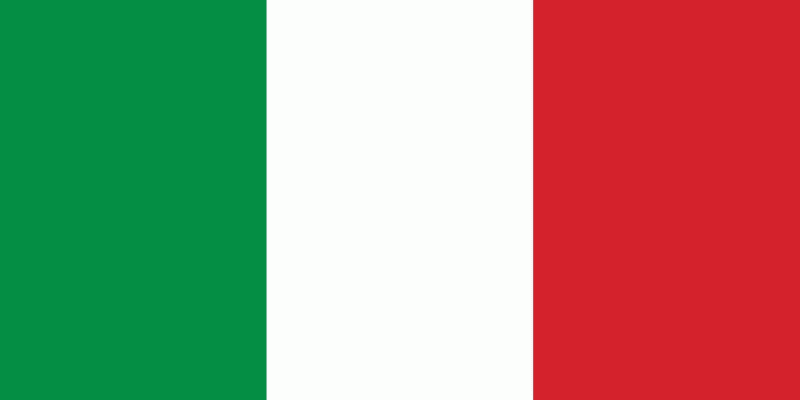
 |
 |
 |
 |
|---|
Gallery
Etching is the process of using strong acid or mordant to cut into the unprotected parts of a metal surface to create a design in intaglio in
the metal (the original process-in modern manufacturing other chemicals may be used on other types of material). As an intaglio method of printmaking it is,
along with engraving, the most important technique for old master prints, and remains widely used today.
In pure etching, a metal (usually copper, zinc or steel) plate is covered with a waxy ground which is resistant to acid.
The artist then scratches off the ground with a pointed etching needle where he wants a line to appear in the finished piece,
so exposing the bare metal. The échoppe, a tool with a slanted oval section is also used for "swelling" lines.
The plate is then dipped in a bath of acid, technically called the mordant (French for "biting") or etchant,
or has acid washed over it. The acid "bites" into the metal, where it is exposed, leaving behind lines sunk into the plate.
The remaining ground is then cleaned off the plate. The plate is inked all over, and then the ink
wiped off the surface, leaving only the ink in the etched lines.
The plate is then put through a
high-pressure printing press together with a sheet of paper (often moistened to soften it).
The paper picks up the ink from the etched lines, making a print. The process can be repeated many times;
typically several hundred impressions (copies) could be printed before the plate shows much sign of wear.
The work on the plate can also be added to by repeating the whole process; this creates an etching which exists in more than one state.
(Source: Wikipedia).
The paintings in this website are protected by the artist's copyright.
Click on a box to enlarge.
Wall painting carried out at the office of Gruppo Micologico Bresadola of Muggia (TS)
Click on the box to enlarge.
































































